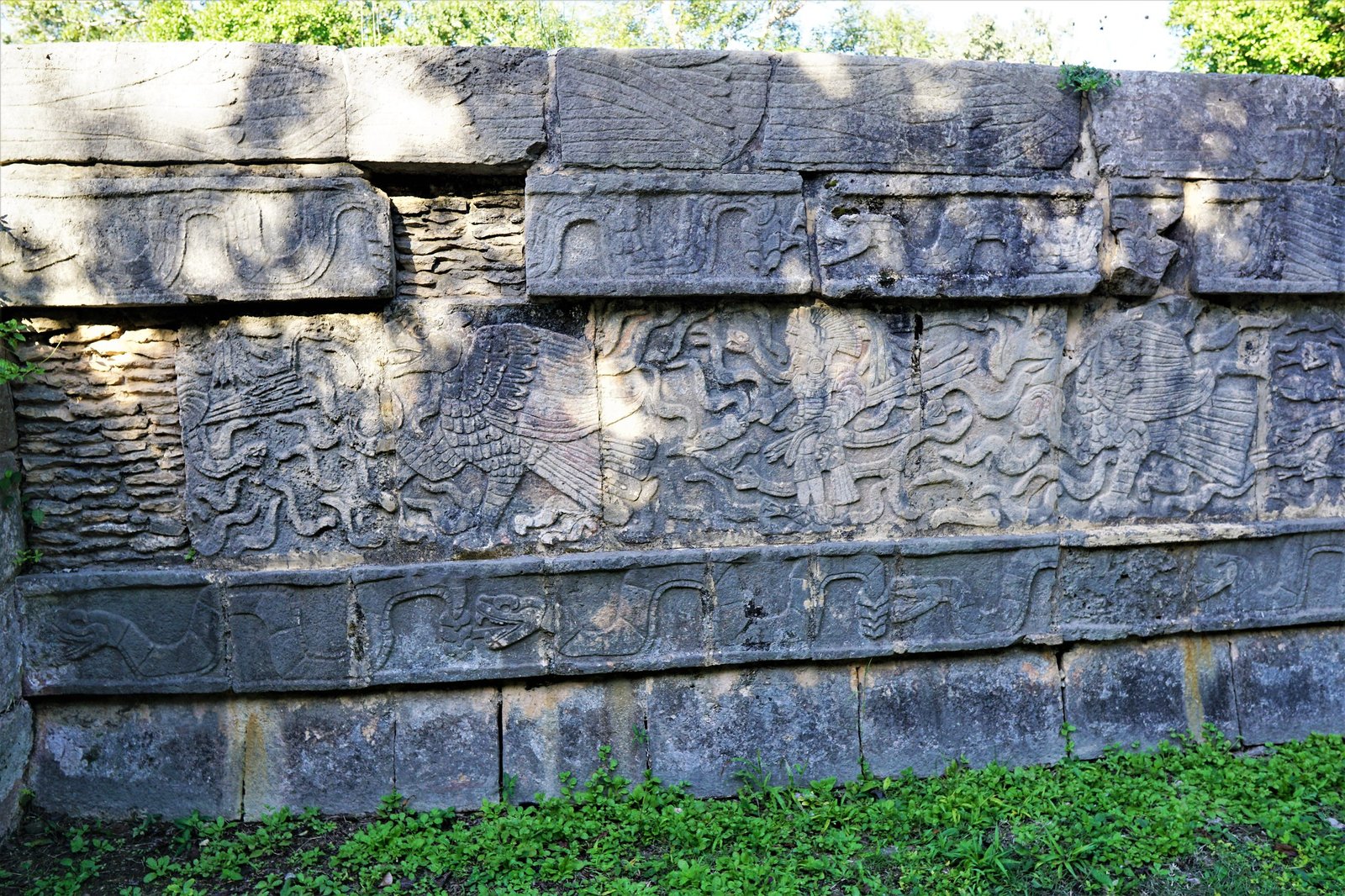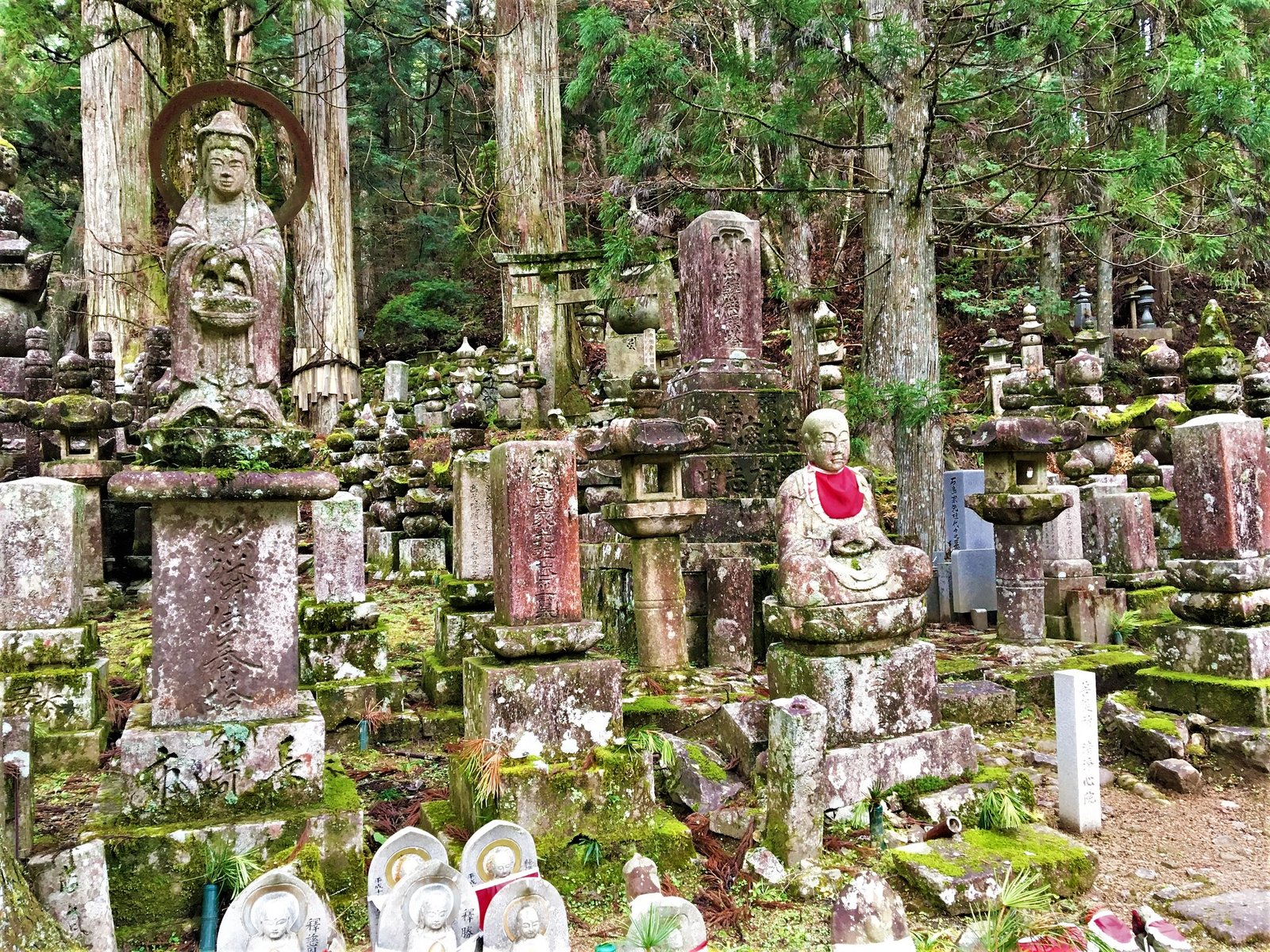It was 6 am and I woke up freezing. Wrapped in my blanket head to toe, I braved the chilly air to sneak my head out and look around. We were sleeping on the floor. Under the neighboring blanket, Victor was awake and trembling as well.
“It feels as if we are camping…” he said, his teeth chattering. “I hate camping.”
We were not camping. We were staying in a high-rise condo in one of the most modern metropolitan cities in the world, Tokyo.
Thin tatami mats, aka our beds, rolled out on the floor, barely provided any insulation against the cold parquet. As in every Japanese house, there was no central heating. The small space heater in our condo seemed to have only two settings: “a barely warm whisper” and “the power of a burning sun”. Convinced that I was going to simultaneously suffocate and melt at 2 am, I crawled to it in the dark and turned it to the lower setting. Now, barely four hours later, I was regretting that decision.
None of this made any sense. You expect to be cold staying in a village in rural India or sleeping in a rat-infested bungalow by the Cambodian river. We, on the other hand, were lying mere feet from a toilet that had more buttons on it than an average remote control – it washed you, dried you, and played ambient music to aid with your pee-shyness, among many other features. The kitchen was stocked with an electronic kettle, a rice maker, and something that looked like a small hibachi grill. Everything was modern, well thought out, and designed for ease and convenience. Everything, except the houses themselves. Besides the lack of central heating, most homes we stayed in had only single-pane windows, exterior walls made from plywood, and interior walls fashioned out of paper. Proper insulation seems to be a completely foreign concept in mainland Japan. So, what in freezing hell was going on here?

After multiple conversations with various Airbnb hosts, we pieced together the following explanations.
- Japanese people do not believe in the concept of heating the entire house, only in keeping themselves warm. They prefer to heat one room at a time, the room they currently occupy. In the 17th-century beautifully preserved houses in Takayama, we saw traditional Japanese sunken hearths in the middle of each house and no other means of heating the surrounding rooms.
- Due to frequent earthquakes and tsunamis, the Japanese have traditionally built their houses… no, not to withstand the elements, but to crumble easily and to be cheaply rebuilt. Moreover, with ever-changing building code revisions, it’s easier to demolish a house and build a new one according to the code, rather than renovate the old one.
- The houses have been traditionally built to be easily ventilated in the sweltering summers, not to withstand the chilly winters. There is also a popular misconception that insulation materials are very expensive and not worth the price.
- Japan saw a large population boom from 1950 to 1970, and a lot of houses were built cheaply and quickly to accommodate the growing number of residents. Quality of construction took a backseat, and that set off the vicious circle of building and demolishing cheap housing every 30 years or so. As a result, Japanese homes gradually depreciate over time, becoming completely valueless within 30 years. When someone moves out or dies, only the land holds value, and the house is typically demolished.
- One explanation entailed “bad karma” of living in someone else’s house, and that each living space needs to be completely rebuilt so that previous occupants' “bad luck” doesn’t follow new tenants.
The good news is that in recent years, it seems that Japan is breaking out of this cycle with younger generations starting to remodel, rather than demolish their dwellings, and some insulation starting to become a bit more standard in newer houses. The bad news is that we were there in November and never slept in an insulated house for the entire two-week trip.
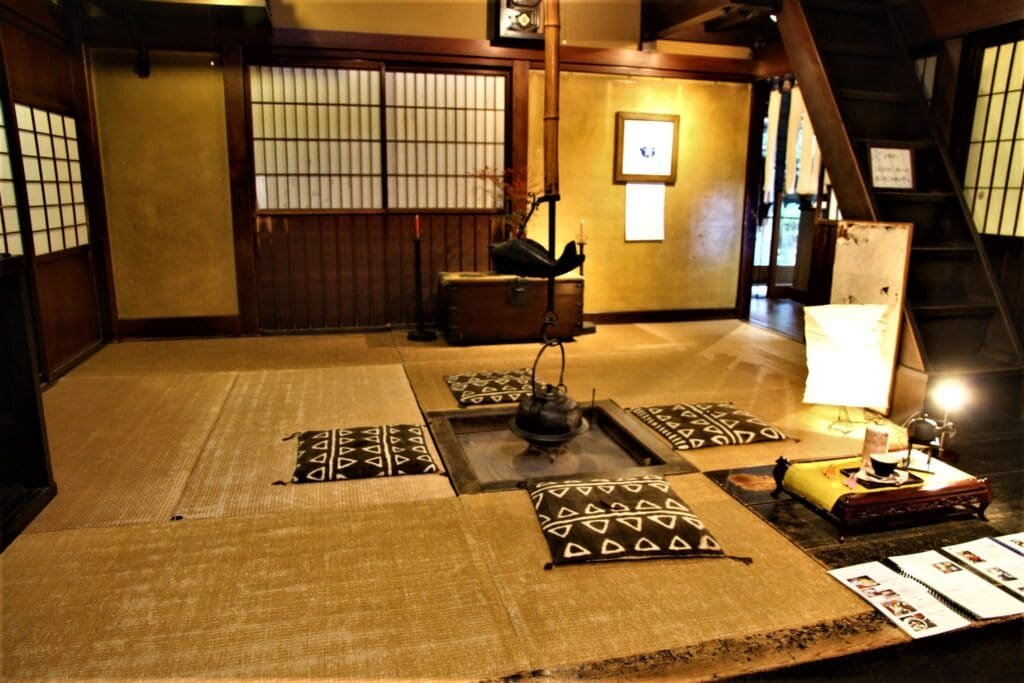
The heating situation in Japan was not something we expected but quickly adjusted to. But we were constantly surprised by things we already knew about Japanese housing and should have been expecting. We knew that houses and condos are very small, especially by Western standards. We knew that the growing population of cities has far outgrown the limited availability of land and that most Japanese live in very cramped conditions. It’s one thing to know this and another thing to walk into a condo that is barely 100 square feet. The first time the door opened, I saw a sink, a microwave, two tatami beds, a window, a toilet, all of that in one single glance, without having to move my head. This wasn’t a hotel room or a dorm room; this was a full-size apartment for one person. I wasn’t sure that Victor and I would both have enough room to turn around in that room with our giant backpacks. It’s hard to imagine someone living like this for an extended period of time. Yet, a vast majority of housing in Tokyo is under 1000 square feet – that’s a three-bedroom condo for a three-generation household.
Seeing first-hand what Japanese apartments look like, the rest of Tokyo's layout begins to make sense. Endless restaurants, bars, and izakayas (cozy spaces serving alcohol and snacks) are needed for tired office workers to relax after work. Game centers, arcades, and internet cafes lining every street are necessary for school kids, teenagers, and young adults to have their own space, hang out with friends, and find some entertainment. So many businesses found in Tokyo are there to make up for the lack of personal space most Japanese endure in tiny multi-generational homes. Between small homes and the workaholic culture of offices that never close, citizens of large cities do not spend a lot of time at home, as evident in the bustling streets, crowded office buildings, and full train cars.
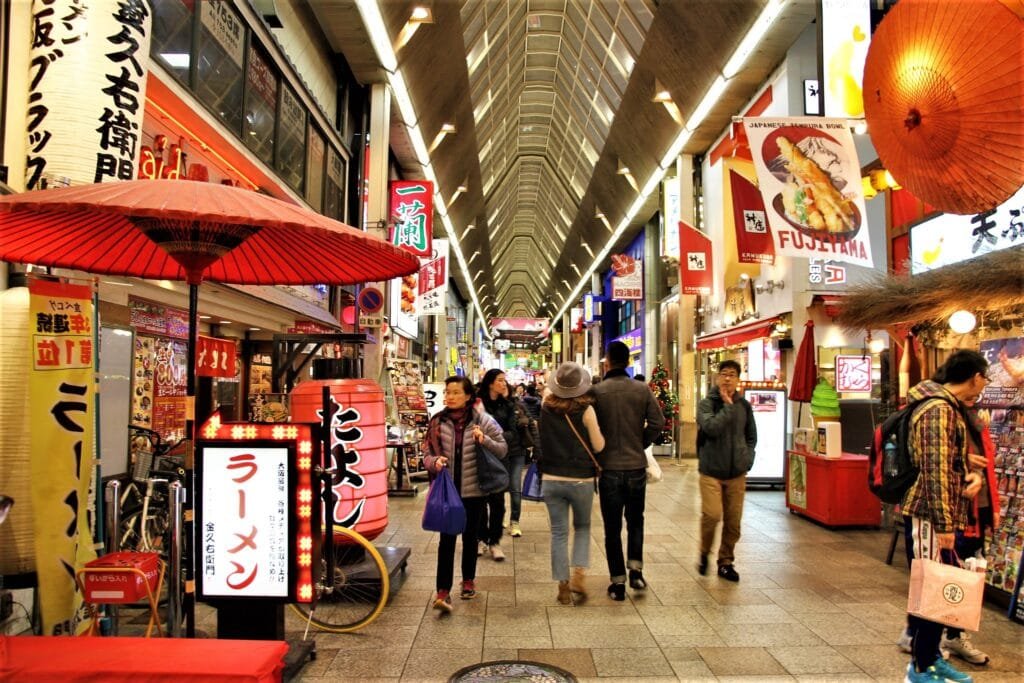
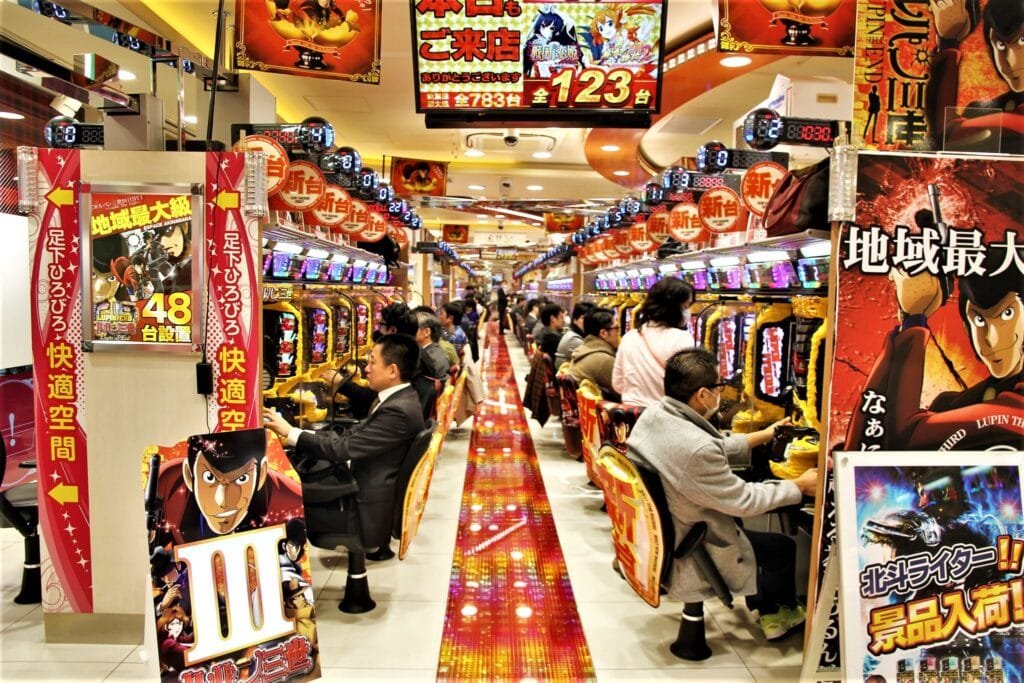
Japan is full of contradictions. It’s a place where every toilet seat is heated, but not every house is. Its citizens have a large choice of public space to spend free time, and only a tiny personal space to call their own. It’s a country that is pioneering high-speed trains and is a world leader in car manufacturing, but has oddly enough fallen far behind in urban planning and housing. While all of this may sound very dire, in all honesty, I don’t mind feeling cramped and cold, as long as I am in Japan. And not camping.
